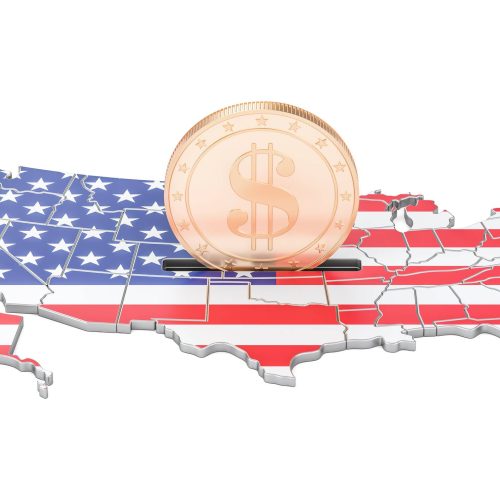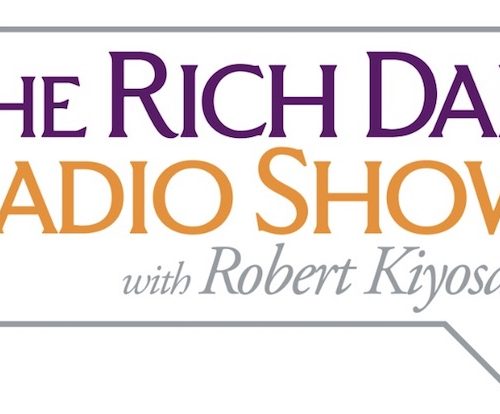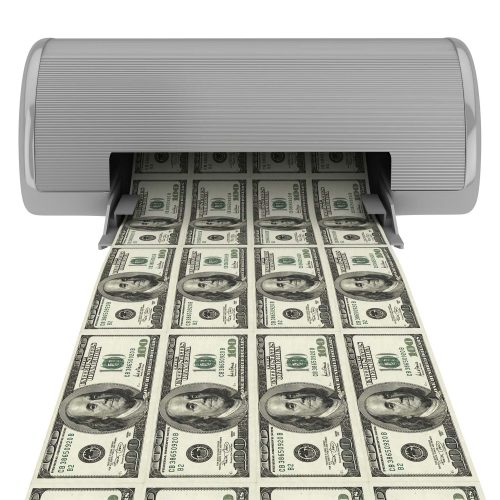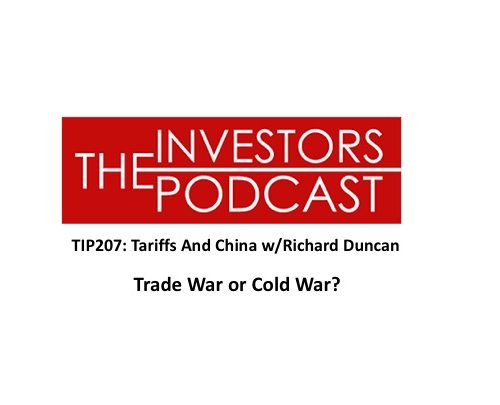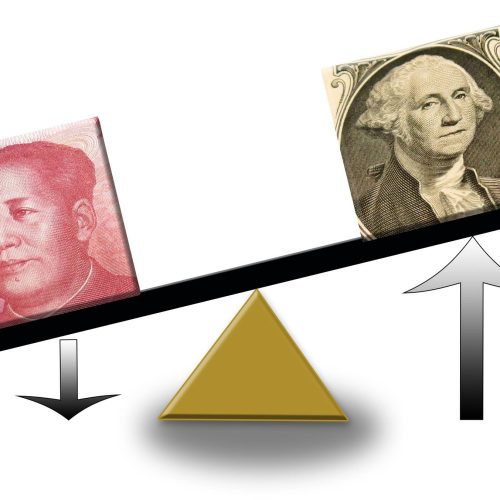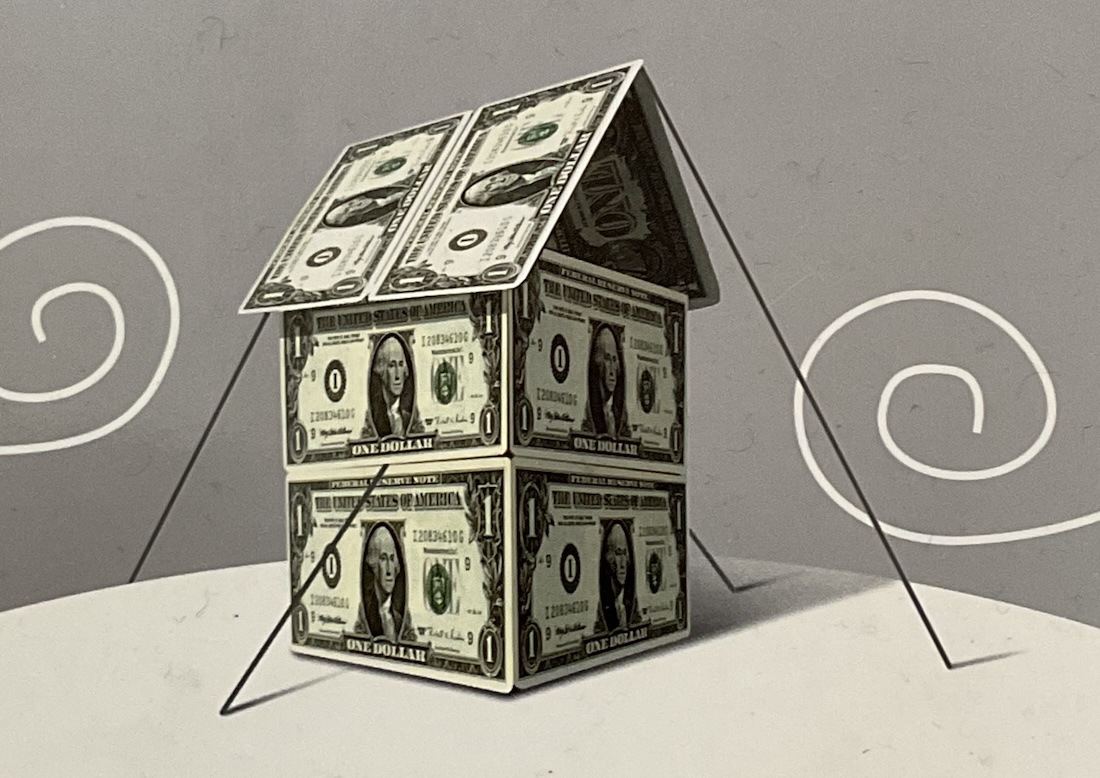Investing In America
One of the most important things to understand about economics is that CAPITAL GROWS. The Capital Stock of the United States increased 60-fold between 1952 and 2017, from $1 trillion
The Capital Structure Of The United States
Capital, when combined with labor and natural resources, generates income. If that income is saved and invested, it generates more income. Therefore, it is important to understand a country’s Capital Stock
The Rich Dad Radio Show Interview With Robert…
I recently spoke with Robert Kiyosaki for the Rich Dad Radio Show about the danger that the US – China Trade War may soon become a new Cold War. In
A Concise History Of Creditism
2018 marks the Golden Anniversary of Paper Money. On March 19, 1968, President Johnson signed Public Law 90-269 which ended the requirement that the Federal Reserve hold Gold to back
The Investors Podcast Interview On The US –…
I recently spoke with The Investors Podcast about the repercussions that the US – China Trade War could have on China, the United States and the rest of the world;
Credit Update: Government Debt Spikes
Our economic system evolved from Capitalism into Creditism once money ceased to be backed by gold 50 years ago. Under Capitalism, economic growth was driven by Saving and Investment. Under
All The Money In The World
Earlier Macro Watch videos this year have shown how the central banks of the United States, Japan, Europe and China have created money on a multi-trillion dollar scale and deployed
Excellent Podcast Explaining The US-China Tra…
In this Financial Sense podcast, Cris Sheridan and I discuss all aspects of the US-China Trade War, including why it could be a turning point in history, one that not
Chinese Monetary Policy Part 2: Crisis Manage…
Large-scale capital flight out of China threatened to send the Chinese economy into crisis beginning in mid-2014. As a result, the People’s Bank Of China was forced to radically change
Renegade Inc. TV Interview. Highly Recommend…
In this television interview for Renegade Inc., Ross Ashcroft and I discuss Creditism and the opportunities and dangers that exist at this unique moment in history. The global economy no

